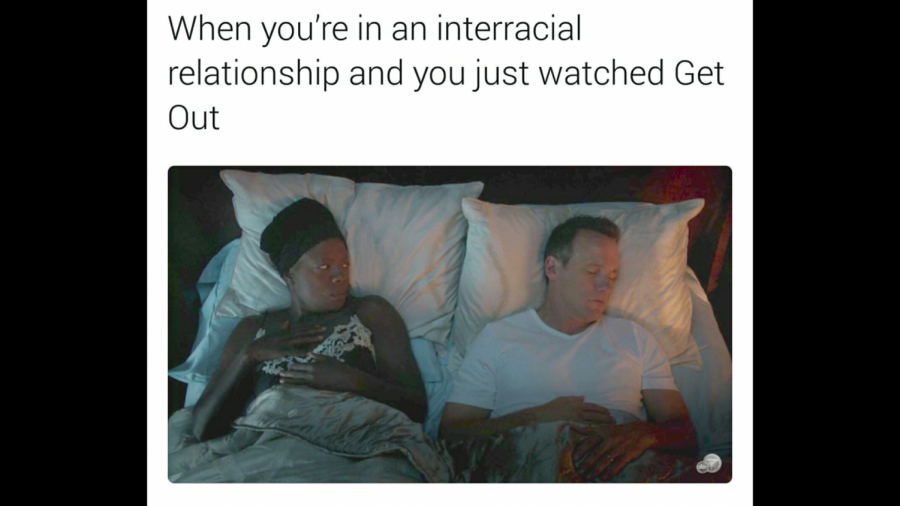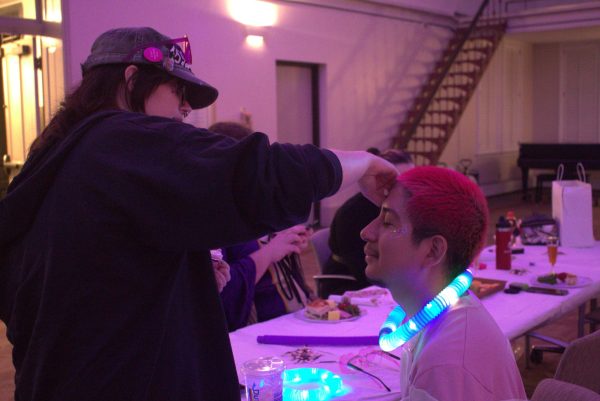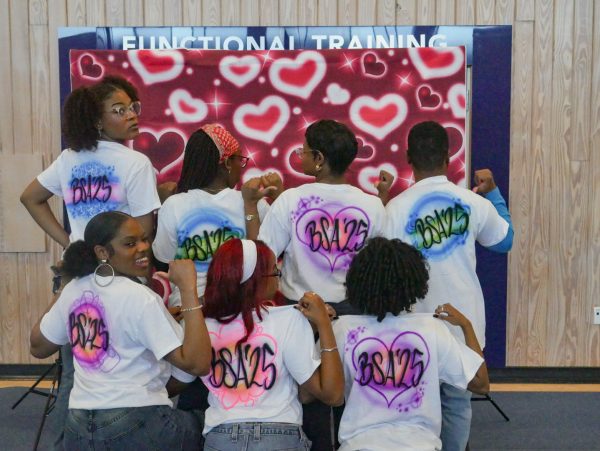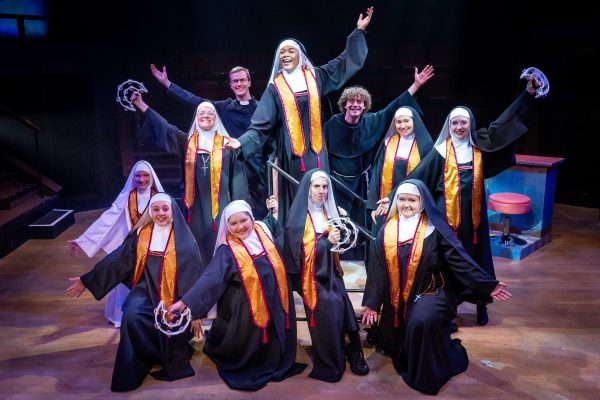Horror film ‘Get Out’ urges viewers to distrust innocent white liberalness
Rarely does race play a role in horror films. The topic of race is typically only mentioned as an aside in many genres. And films that specifically deal with race tend to be comedies or historical dramas. Comedian Jordan Peele shattered these boundaries in directing his very first film “Get Out.”
The film follows a young interracial couple, Chris (Daniel Kaluuya) and Rose (Allison Williams) as they take a milestone step in their relationship: meeting the parents. The film begins with Chris, who is black, asking his white girlfriend, Rose, to inform her parents that he is black prior to their meeting.
Rose assures Chris that her parents do not care if he is black citing that in fact her father would have voted for Barack Obama for a third term if he could. Chris reluctantly agrees to spare Rose from having the “mom, dad by the way my boyfriend is black” conversation.
The pair drive up to Rose’s hometown for the weekend to attend Rose’s grandfather’s annual celebration. The drive to the town was quite eventful in many ways. After running over a deer and calling the police to report the incident, Rose witnesses an issue that has flooded news headlines for the last few years: racial profiling in policing. Although Chris was not driving, the officer was more focused on getting his driver’s license information.
Rose furiously objected to this. Later on we realize that Rose’s objection does not stem from her disgust with racism. On this same drive, Chris’ friend calls to warn him about “crazy white people” and to advise him not to go — advice that had to be ignored in order for the film to progress.
Upon finally arriving at Rose’s parent’s home, Chris realizes that not only do Rose’s family members exhibit subtle characteristics of prejudice, but that the people of the entire town are strange, especially the few black people. Rose’s family, the Armitages have black servants working for them.
Much of the horror factor in the film is surrounding how strangely happy and content these black servants were and how they could not relate to Chris as another black person. At the grandfather’s annual celebration, the white people — who were portrayed as being stereotypically white but not at all overtly racist — made several foreshadowing comments about Chris’ athleticism and his assumed sexual prowess.
When Chris sees another black man at the party, he becomes hopeful but is met with disappointment as they turned out to be just like the black servants — hollow. As the night goes on, Chris begins to realize that the people in this town are more than just strange and that he must “Get Out!”
In a film that discusses race through the genre of horror, one does not outdo the other. The film provides sufficient opportunities for audiences to be horrified. The horror tactics, however, do not distract from the film’s racial theme, specifically in regards to racism of the most dangerous kind.
Through Chris’ character the film urges viewers, especially black ones, to be wary of innocent white liberalness and of brainwashing. It also calls on white viewers — through the character of Rose portrayed as a beautiful non-threatening brunette — to examine their motives and the root of their “woke-ness.”
The atrocities that Chris faces in the later half of the film are compelling because although he was subjected to inhumane treatment, it was not because the white people saw him as racially inferior, rather because they admired his assumed racial superiority in athleticism, physical endowment and even slower aging.
This leaves audiences, both black and white, extremely confused. The Armitages are not racists and they, in fact, adore black people. This film challenges audiences to look beneath the surface of their well-meaning liberalness and to examine how covert prejudice and even fetishizing of black people can be just as damaging as overtly explicit racism.
The entertaining world of “black Twitter” is having a field day with the plot of the film — a black man getting romantically involved with a seemingly innocent white girl from a crazy family. Some are ruling that the moral of the story is “Stay away from these white girls.”
Although the film uses a romantic interracial relationship to portray the complexities of racial interactions, the same complexities can be found in interracial friendships, partnerships, acquaintanceships etc. Chris and Rose could very well be you and your college sweetheart.







